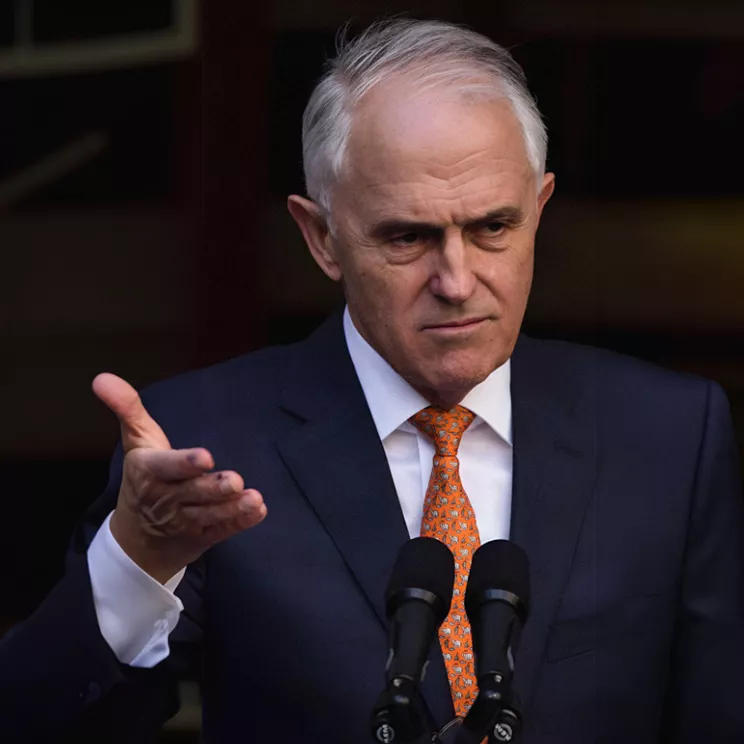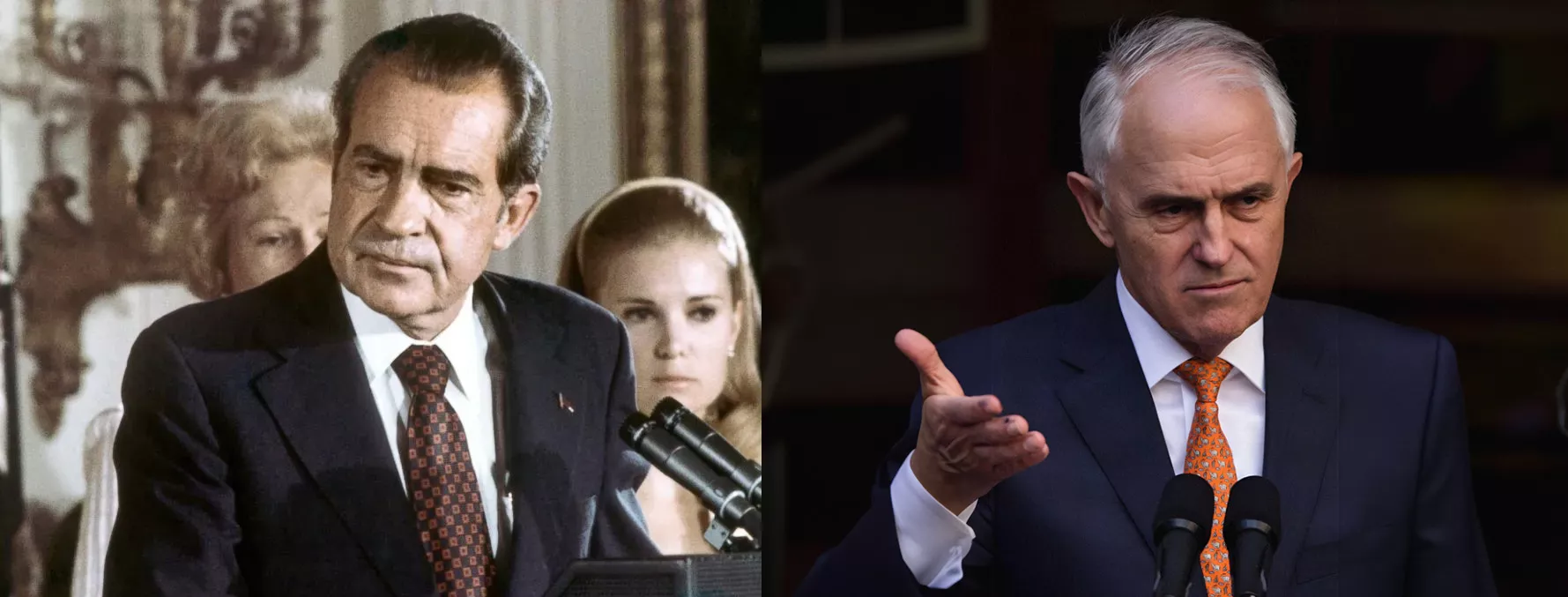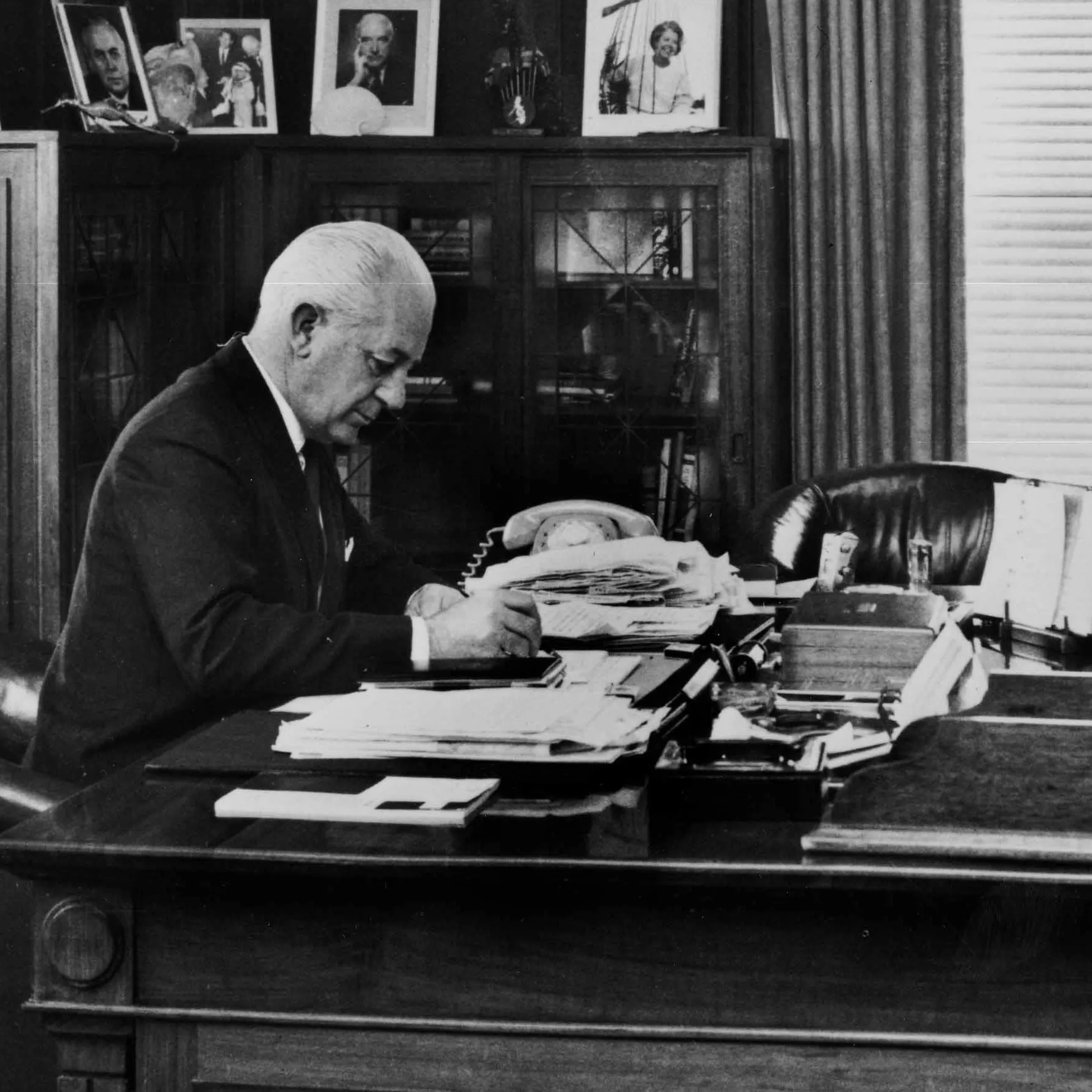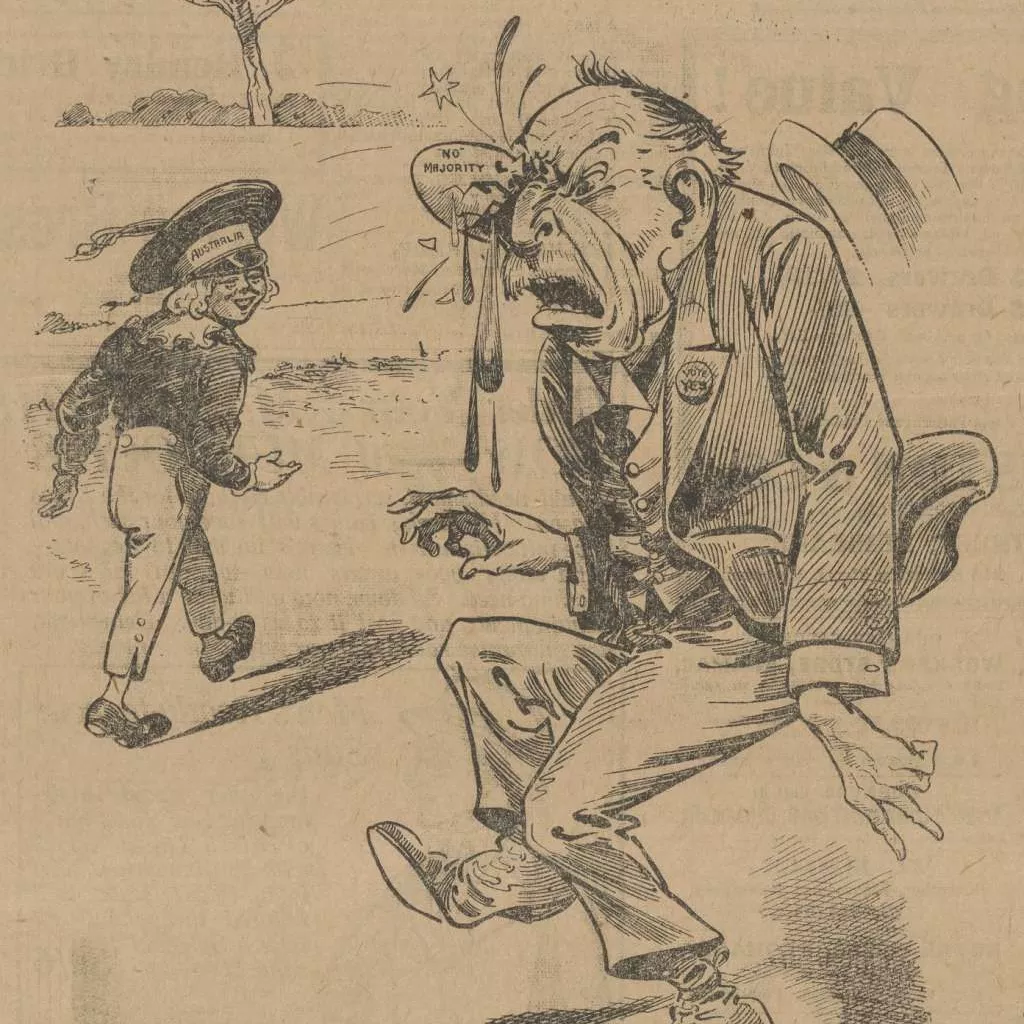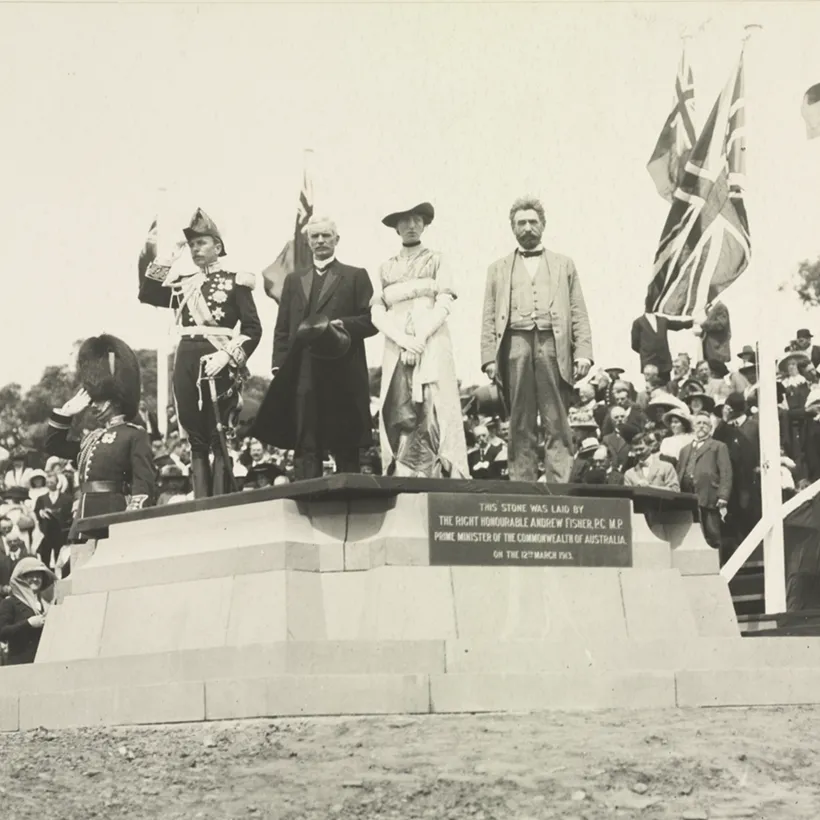Leadership spills plague Australian politics, but what does our system protect us from?
- DateFri, 09 Nov 2018
Political leadership in Australia has been characterised by instability and rapid change since the Howard government fell in 2007.
Prime ministers, popular and unpopular, Labor and Liberal, have been dislodged by their own colleagues through destabilisation and party room ballots – most recently, Malcolm Turnbull. These political challenges can seem detached from the concerns of everyday Australians, however we might pause to consider the upside of a parliamentary system that allows for rapid changes in leadership. After all, while many complain that too many leaders have come and gone in recent years, would we rather be stuck with a leader who is unfit for high office?
For example, we might contrast the Australian system with another democracy in which it is much harder to remove a leader. In the USA, the president has only changed outside an electoral process nine times. Four died of natural causes (Harrison, Taylor, Harding, Roosevelt), four were assassinated (Lincoln, Garfield, McKinley, Kennedy) and one resigned (Nixon). None have been removed by their party via formal processes. Amidst ongoing discussions about leadership changes, we might wonder: if our systems were exchanged, would Prime Minister Malcolm Turnbull have made it to full term? And would more US presidents have been forced from office?
In Australia, the easiest way to remove a prime minister is via a 'spill'. According to MoAD's Curatorial Officer, Campbell Rhodes, the term 'refers to the process of declaring a party leadership vacant so a new leader can be elected, or alternatively the incumbent can be re-elected'. If a spill is called, the caucus or party room (elected members of the party in both the upper and lower houses) vote for the new or existing leader. If the incumbent wins, they continue with their duties, although perhaps with a warier eye. If someone new wins, they are triumphantly sworn in as prime minister.
Until 2013, the Labor and Liberal parties followed similar rules. However, the Labor Party altered its procedures so that a combined vote of caucus and party members is now required to change leader. As yet untested, this may balance the pressures of internal party feuds and public opinion.
Would a 'spill' happen in the USA?
Unlike in Australia, a US president's mandate is derived directly from the people at the ballot box (rather than the party room) and removing a sitting president is more complicated. To remove a US president, the Congress (comprised of the Senate and the House of Representatives) can:
- Wait to support a new candidate in the next presidential election, which is held on a set date every four years;
- Impeach and convict; or
- Enact the 25th Amendment.
That may sound like a generous suite of options, however, let's unpack the less familiar second and third.
An 'impeachment resolution'
An 'impeachment resolution' can be introduced in the House of Representatives, like any other piece of legislation. Or the House of Representatives, in a friendly moment of bipartisanship, can decide as a group to pass a resolution authorising an inquiry. The proposed resolution then leaves the floor and goes to a committee. Traditionally, this sort of thing has been handled by the 'House Judiciary Committee'. If they decide it has legs, it goes onto the House majority leader. This is a single person who can decide whether or not to call a vote in the House of Representatives. If that individual, who would no doubt be under a huge amount of pressure and in an unenviable position, decides to go forward, the House must vote to impeach. The Senate then takes over and tries the official in question. They in turn vote (I hope you are still with me) and must confirm a two-thirds majority to convict, which is no easy task. If successful, the president is removed from office and the vice president takes their place until the next popular election.
The 25th Amendment
Ok. Deep breath, so far we have only covered the details for the second option.
Option three relates to the 25th Amendment, which was created in the 1960s following the assassination of President John F. Kennedy. It is designed to protect against situations where the president is incapacitated. It means the vice president takes over until such time as the president can resume normal duties. However, section 4 allows the vice president and either members of Cabinet, or a legal body chosen by Congress, to suggest the president is not capable. At this point in the process, the president can say 'Hey, you're wrong. I’m fine'. In which case, the accusing parties have four days to tell Congress they really insist, 'This guy is not ok'. Congress then has 21 days to get together and vote. A two-thirds majority vote in both houses is required to remove the President. If that doesn't happen, the President can return to his desk and get back to business.
So … has the USA ever had a 'leadership spill'?
The United States Congress has never removed a sitting president using either the second or third options listed above. Andrew Johnson and Bill Clinton were both impeached, but neither was convicted by the Senate. Richard Nixon resigned when faced with impeachment. Although, it could be argued that he expected to be convicted by the Senate and resigned as a pre-emptive action.
Considering the difficulties of removing a US president from office, we might think about the Australian parliamentary system in a different light. While stability and continuity may be virtues in government, perhaps we should be careful what we wish for. Institutional provisions seeking to secure political leadership might come with unintended downsides.

